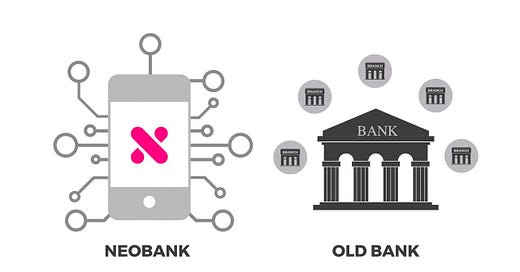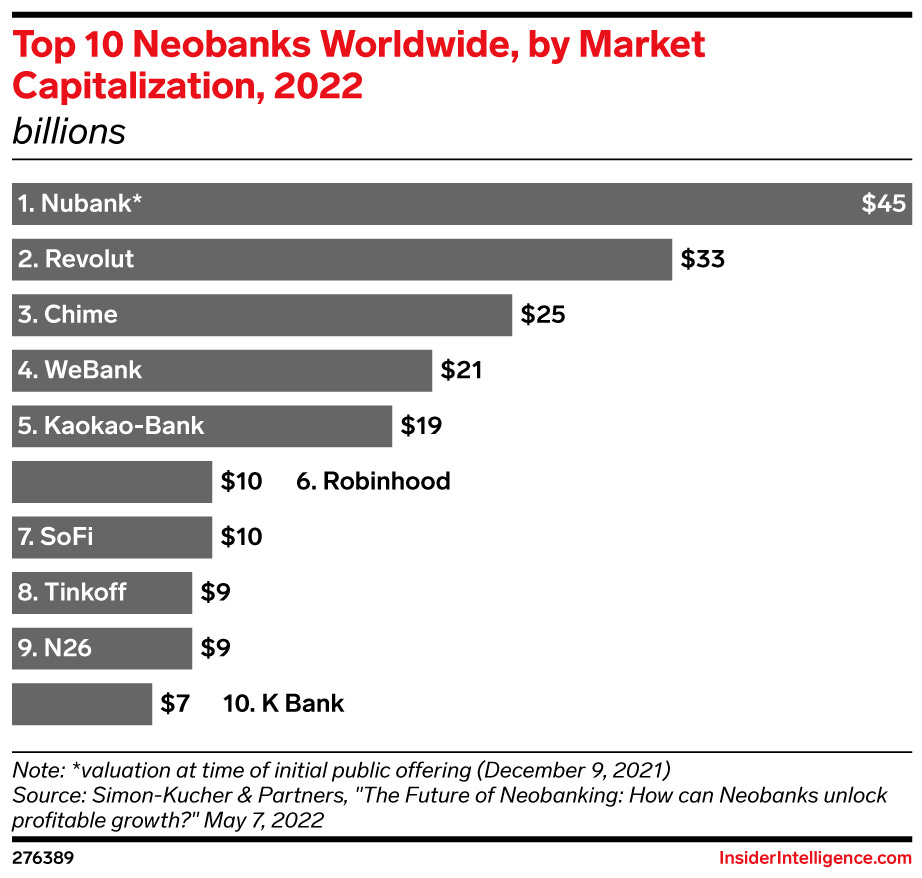Neobanks are here to stay. What their impact will be is still to be determined
The digital age has brought about a new form of banking that's taking the world by storm. Whether or not they go mainstream is still a mystery.
Simply put, neobanks are digital-only banking platforms that operate solely online. In even simpler terms: they do not have a physical presence. For customers, transactions in traditional banks could require a lot of time and effort.
Neobanks promise a seamless online experience by bringing an experiential, digital layer on top of traditional banking. Due to their tech-driven nature, customers can create accounts by themselves and use their offerings hassle-free.
What makes a neobank?
Since neobanks don’t carry the costs associated with maintaining physical locations, they can offer lower fees and higher interest rates on savings accounts. They also tend to have more intuitive apps and websites with a more seamless and user-friendly customer experience.
These institutions are becoming a go-to choice for many customers as they offer multiple benefits to meet the evolving needs of new-age users. They focus on enhancing the banking user experience and serving their needs within no time.
Today, smartphone usage and internet penetration are growing, and neobanks have taken advantage of this by providing services that are fired up by technology. This has attracted a lot of millennials, and tech-savvy populations.
But even within neobanks there are some distinct types that need to be accounted for, namely:
Front-end neobank
A front-end-focused neobank does not have an operating banking license. It usually relies on the backing of a traditional financial institution and functions in partnership with them to provide services to its customers. Such a neobank often piggybacks on the traditional bank’s balance sheets for operating.
Digital banking units
Standalone or independent digital banks are the digital arms of an established bank. SBI’s YONO is a popular example. It is necessary to obtain a virtual banking license to run a standalone digital bank. These banks can acquire their banking license once they have sufficient capital to ensure their investors’ deposits.
Full-stack digital banks (licensed)
Full-stack digital banks have the required bank regulatory approvals and provide a broad selection of services. They issue deposits and loans and maintain their independent brand and balance sheets. In an increasingly digital environment, these banks are not burdened by the costly networks of physical branches.
Full-stack digital banks are not yet legalized in India. However, changes have been proposed by authorities to level the playing field that has been dominated by physical banks for many decades.
So they’re just banks that are online?
Let’s face it. It’s 2024, every single bank has an online presence. So what makes these neobanks different from say your Chase account that you can access through your mobile app?
The key difference is the degree to which these banks are only online. They have no physical branch locations, unlike traditional banks. They offer a range of personalised services purely online, while traditional banks use a mix of physical branches and digital presence.
Neobanks only offer a select range of services as compared to traditional banks, but these services are often highly personalised using state-of-the-art technologies, like AI.
Neobanks serve customers at around 1/3rd of the cost of traditional banks. But they also face several regulatory, safety, and compliance hurdles. Like all financial entities, they have their share of pros and cons.
The good, the bad and the ugly
Being banks as they are, they have pros and cons to them that should also be considered when choosing where to put your money.
The good
Lower Fees: Since neobanks don’t operate physical locations, they can pass on savings by reducing or eliminating common banking fees.
Higher rates: That lower overhead also means neobanks usually offer savings accounts with higher interest rates.
Early access to direct deposits: Fintechs frequently make payments available up to two days early — including payroll deposits, government benefits, tax refunds and pensions.
Convenience: Users can make deposits and transfers anywhere at any time, with 24/7 online customer support.
More financial tools: Neobanks offer in-app budgeting tools and real-time spending insight that traditional financial institutions may not have or charge extra for.
The bad
Limited customer service: With no physical branches, there’s no in-person customer support available.
Fewer product offerings: Neobanks usually have a smaller menu of services, so if you’re looking for a mortgage or investment account, you’ll probably have to go to a brick-and-mortar bank.
No guarantee of FDIC protection: Since neobanks are not chartered banks, funds are not FDIC-insured unless the company has partnered with a traditional financial institution.
The ugly
Older generations are left behind: The western world is seeing increasingly older populations where our parents and grandparents are adopting technology at a much slower rate than we are. It is inevitable that, while some of these services are offered exclusively online, the older folks will be left out of the system without anyone to turn to if they can’t physically go to any location.
While it is important to push for innovation as a means to improve our lives, it is also critical to remember that technology should be at the service of society, not the other way around.
Technological advances as a way to improve our lives and facilitate progress should be applauded. Technology that doesn’t serve this purpose should however be refined to make sure no segments of our society are left behind.





